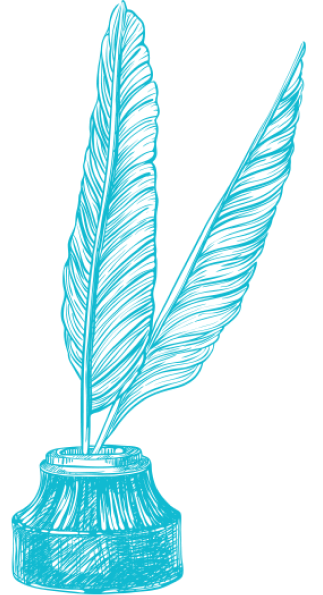
This proposal for a conference panel on lo-tech teaching seems to be focused on the teaching of writing, but it prompts me to record my thoughts about the literature classroom instead.
In my (admittedly odd) mind there’s a clear distinction between the technologies that are appropriate inside the classroom and those that are appropriate outside it. When my students are not in the room with me, I want them to be taking advantage of as many electronic technologies as possible: I want them to participate in the class blog, to learn how to do effective searches for secondary sources across a range of databases, to search intelligently within the sources (primary and secondary alike) they find via Google Books, Amazon, Project Gutenberg, Scribd, and the like. I want to do more to get them to practice drafts of papers as collaborative projects with me on Google Docs or similar technologies. Class wikis are a possibility for the future, as are various implementations of CommentPress. I have to move slowly with some of these things, because by and large my students mistrust and are deeply uncomfortable with such technologies. But all of them are, at least in potentia, pedagogically fruitful.
In the classroom, though, it’s all codexes all the time. I think the best service I can provide my students in the classroom is to help them to learn to get better at navigating books: finding key passages, showing how they’re related to other, moving back and forth between them — all of which requires having a system for marking and finding, a system which, in my judgment, should ideally be within the book itself, not on a separate piece of paper or digital file. (Or rather, the separate piece of paper or digital file should be backup versions.)
From all this you may be able to guess that I get deeply frustrated with conversations about technology in the classroom that are either “for” or “against.” We can’t afford such simplistic distinctions. All technologies are context-sensitive and context-variable: what might be useless, or worse than useless, in one circumstance might be invaluable in another. Constant discernment — the testing of technologies and self-testing — is required. Even my recent awkward attempt to teach from the Kindle was a usefully instuctive experience.
By the way, I think that notes on texts should be deeply connected to the texts themselves in the digital world as well, so I’ll be very glad when e-readers get better at making that happen.
I find that many of my students want to use the classroom to type notes on their laptops, and are reluctant to explore the digital options for research and reflection that are best employed when they’re on their own. That is to say, their instincts lead them in precisely the wrong directions. It’s one of my jobs to fix that.

Oh, Alan, you must come down to visit and we can have a conversation about his over beers.
Dr. Jacobs, I think you have hit the nail on the head so to speak. The question isn't whether we use technology in the classroom but how to make the best use of the technology we have – high, low, and everything in between.
A lot of my effort as a writing teacher is also exactly what you describe here – helping the students to make the best of use of the resources available to them, whether that be people or technology.
The context, the variations in the technology and in the people that use them, is part of what makes the process of teaching exciting and worthwhile.